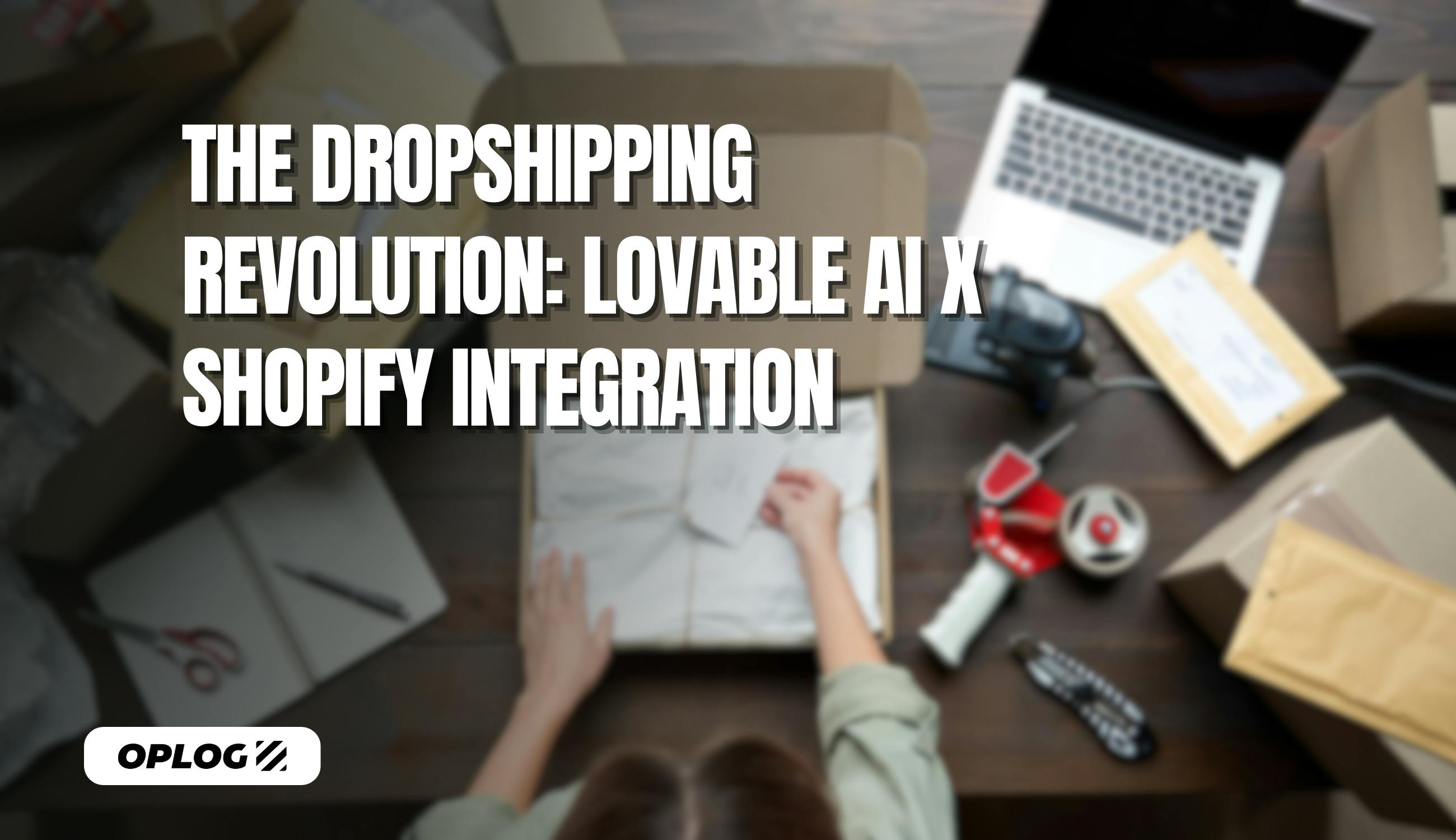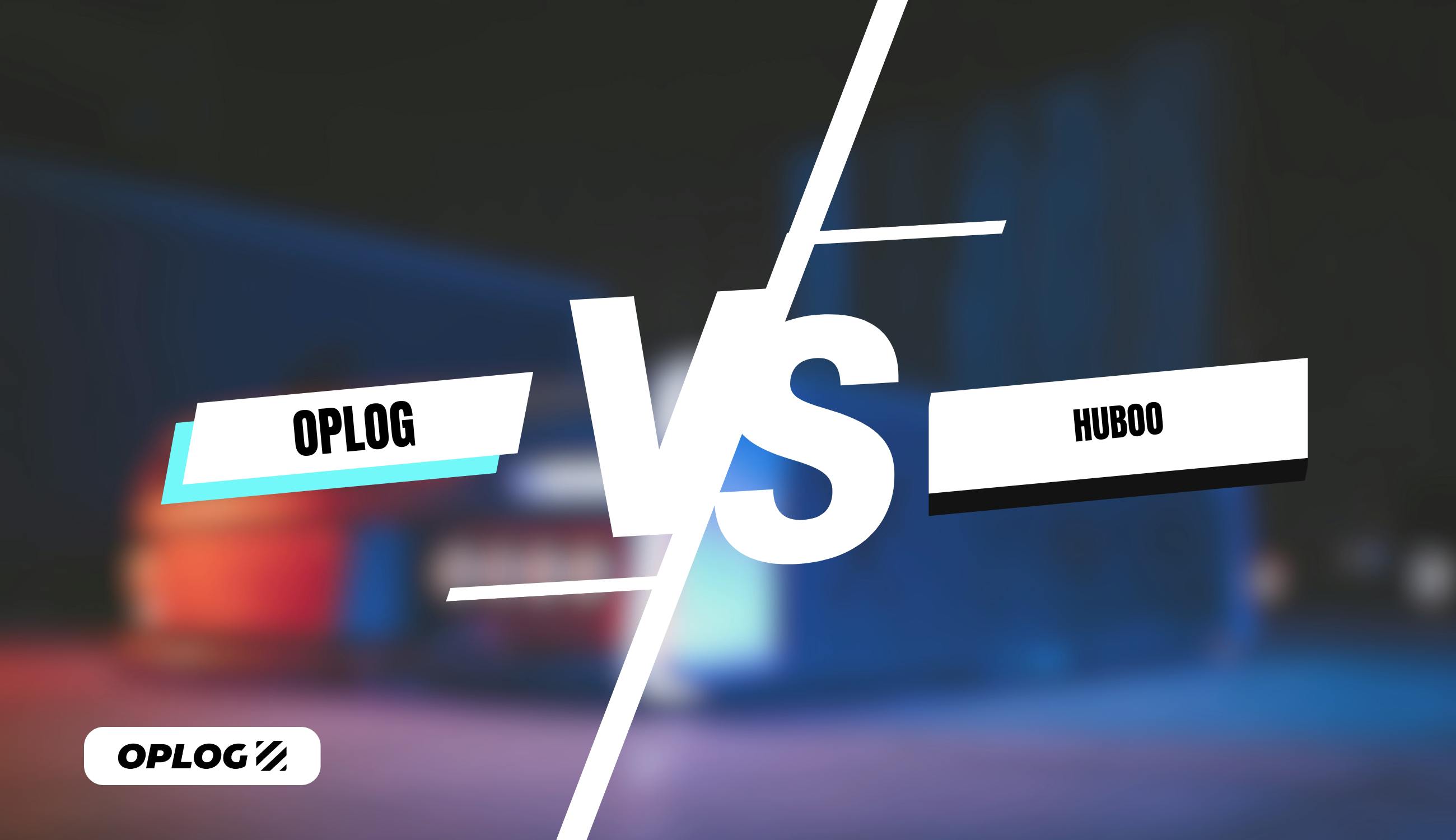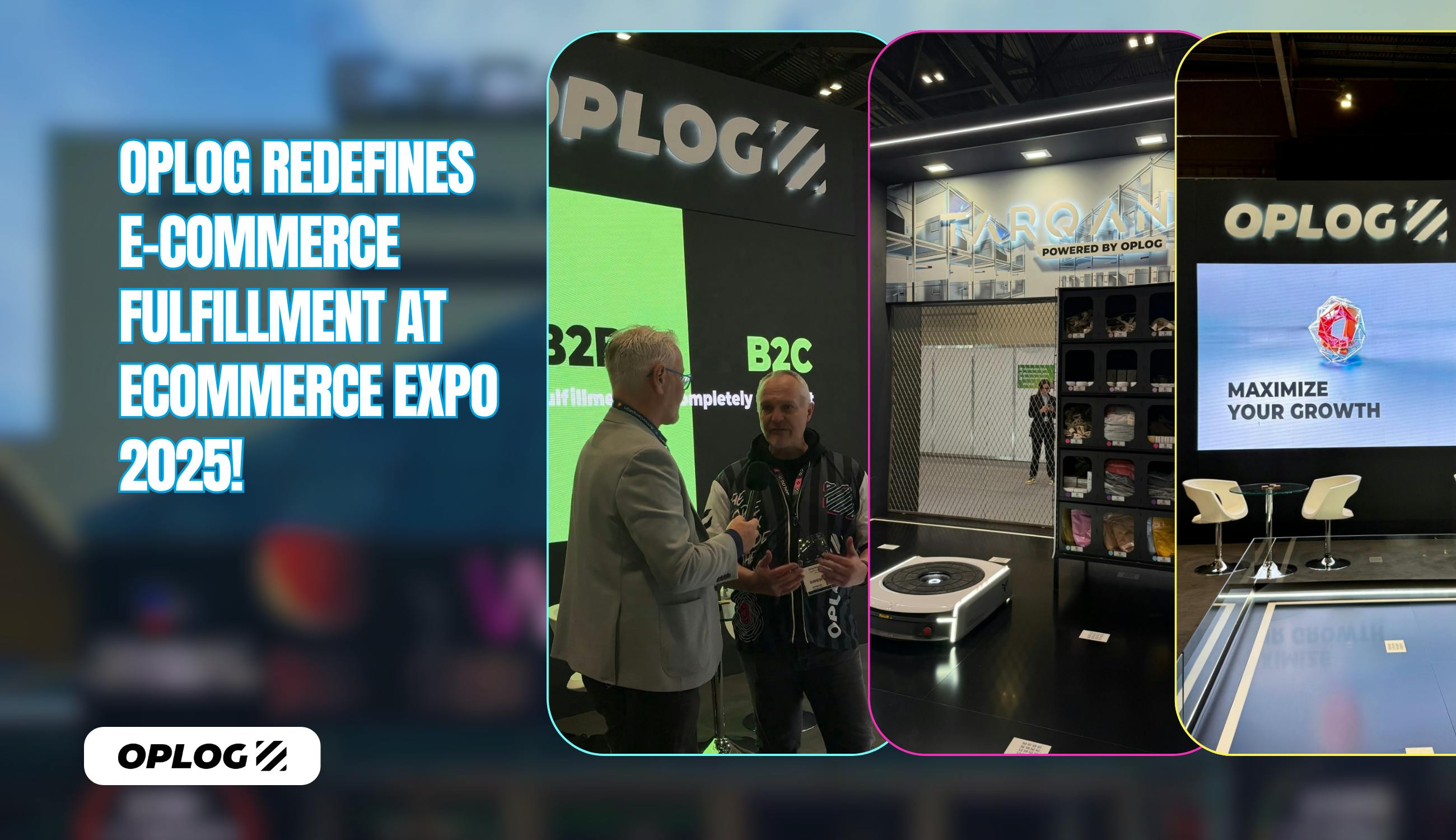The global pandemic has reshaped the e-commerce landscape, necessitating a fundamental transformation in fulfillment operations. As businesses adjust to this new reality, success depends on strong, technology-driven fulfillment strategies. These strategies should handle future disruptions and meet higher customer expectations. This comprehensive guide explores how businesses can build resilient fulfillment operations in the post-pandemic era.
The E-commerce Evolution: Understanding the Post-Pandemic Landscape
The pandemic has fundamentally transformed not just shopping behaviors but the entire e-commerce ecosystem. According to the UK Office for National Statistics, e-commerce sales as a percentage of total retail sales experienced an unprecedented surge from 19.2% in February 2020 to 37.1% during the pandemic's peak, stabilizing at 27.6% in 2023—notably higher than pre-pandemic levels.
This dramatic shift towards an online shopping rush has called for a complete reimagining of fulfillment operations. The UK logistics sector's response has been equally dramatic, with warehouse automation investment reaching $2.54 billion in 2023, according to recent data, representing almost a 48% increase from 2020 levels. This transformation reflects a fundamental change in how businesses approach order fulfillment and supply chain management.
Core Pillars of Modern Fulfillment Strategy
1. Intelligent Inventory Management
In today's dynamic market, inventory visibility has evolved beyond basic stock monitoring into a sophisticated, predictive operation. The pandemic highlighted the limitations of traditional inventory management methods, prompting businesses to adopt more advanced fulfillment solutions.
Modern inventory management systems provide comprehensive stock insights through real-time tracking applications. These systems enable businesses to monitor crucial metrics including SKUs, expiration dates, and batch numbers with exceptional precision. Through advanced platforms like OPLOG ONE, organizations can not only track current stock levels but also leverage historical data patterns to forecast future inventory requirements. Take this as example, the inventory tracking screen of OPLOG ONE offering comprehensive inventory insights:

2. Supply Chain Integration
The pandemic revealed the critical importance of integrated supply chain operations. Modern businesses are implementing synchronized systems where every component operates in coordination. Key elements of an integrated supply chain include:
- Seamless data synchronization across channels
- Automated inventory rebalancing systems
- Advanced demand forecasting capabilities
- Optimized routing and delivery processes
- Multi-platform integration solutions
These integrated systems enable businesses to maintain operational efficiency while adapting to market changes and customer demands.
3. Strategic Facility Planning
The evolution of fulfillment strategies has led to a more nuanced approach to facility planning. Micro-fulfillment centers have emerged as a strategic solution, offering improved efficiency through proximity to customers. This approach transforms traditional distribution models by establishing smaller, strategically located fulfillment hubs that combine local accessibility with advanced technological capabilities.
Technology-Driven Solutions for Post-Pandemic Challenges
The pandemic accelerated digital transformation in the fulfillment sector by several years, making technology adoption no longer optional but essential for survival. Businesses that emerged stronger from the crisis were those that successfully implemented smart technologies to maintain operations during lockdowns and social distancing measures. Here are some key technological solutions that have proven crucial in the post-pandemic landscape.
Automation and Human-Machine Collaboration
Modern warehouse management systems operate continuously, optimizing operations through advanced algorithms and real-time analytics. The pandemic highlighted the vulnerability of manual operations to disruptions, leading to increased adoption of automated solutions. The integration of robotics, such as OPLOG's TARQAN system, demonstrates how automation can enhance fulfillment efficiency by achieving 400% faster processing rates while maintaining social distancing protocols.
This technology complements human expertise, allowing staff to focus on complex decision-making while automated systems handle routine tasks. The post-pandemic era has shown that facilities implementing this hybrid approach maintain higher operational continuity during crises while improving overall efficiency.
Furthermore, automated systems provide the flexibility needed to handle sudden demand spikes and changing workplace regulations—a crucial capability learned during the pandemic. By combining human insight with machine precision, businesses can create more resilient operations capable of adapting to future challenges.
Data Analytics and Predictive Intelligence
In post-pandemic fulfillment operations, data analytics has evolved from a useful tool to an essential component of risk management and strategic planning. Advanced analysis platforms enable businesses to:
- Forecast seasonal demand patterns and potential disruptions
- Identify supply chain vulnerabilities before they impact operations
- Optimize workforce productivity while maintaining safety protocols
- Monitor real-time performance metrics across distributed operations
- Implement cost-efficiency measures without compromising service quality
The pandemic demonstrated that businesses with strong data analytics capabilities could better anticipate and respond to market changes. These organizations were able to quickly adjust inventory levels, redirect resources, and maintain service levels despite unprecedented challenges. By leveraging historical data alongside real-time insights, businesses can build more predictive and proactive fulfillment operations. Consider OPLOG ONE’s retrospective return data reporting capabilities for informed decision making:

Building Resilience for the Future
A truly resilient post-pandemic fulfillment strategy requires diversified supplier networks and flexible fulfillment options. Technology solutions must be scalable, allowing businesses to adapt quickly to changing market conditions, such as varying consumer demand, while maintaining operational efficiency.
Adaptable Infrastructure
Post-pandemic fulfillment requires systems that can rapidly adapt to changing market conditions. Cloud-based management systems, flexible warehouse space allocation, and modular automation solutions provide the scalability needed to address varying demand levels efficiently.
Sustainable Operations
Environmental sustainability has become integral to modern fulfillment operations. Organizations are implementing eco-conscious practices through:
- Optimized packaging solutions
- Energy-efficient automation systems
- Smart route planning for reduced carbon emissions
- Sustainable warehouse management practices
- Environmentally responsible supply chain partnerships
Technology Integration
Successful post-pandemic operations rely on seamless technology integration. API-first architecture enables smooth system integration, while real-time data synchronization ensures accurate information flow across all operational aspects. Cloud-based solutions provide the scalability needed for sustainable growth in an evolving market landscape.
When implementing new fulfillment technology, start with a pilot program in one facility or product category. This approach allows you to optimize the system and identify potential challenges before full-scale deployment, reducing operational risks and ensuring smoother integration.
You've Got Questions? We've Got Answers!






